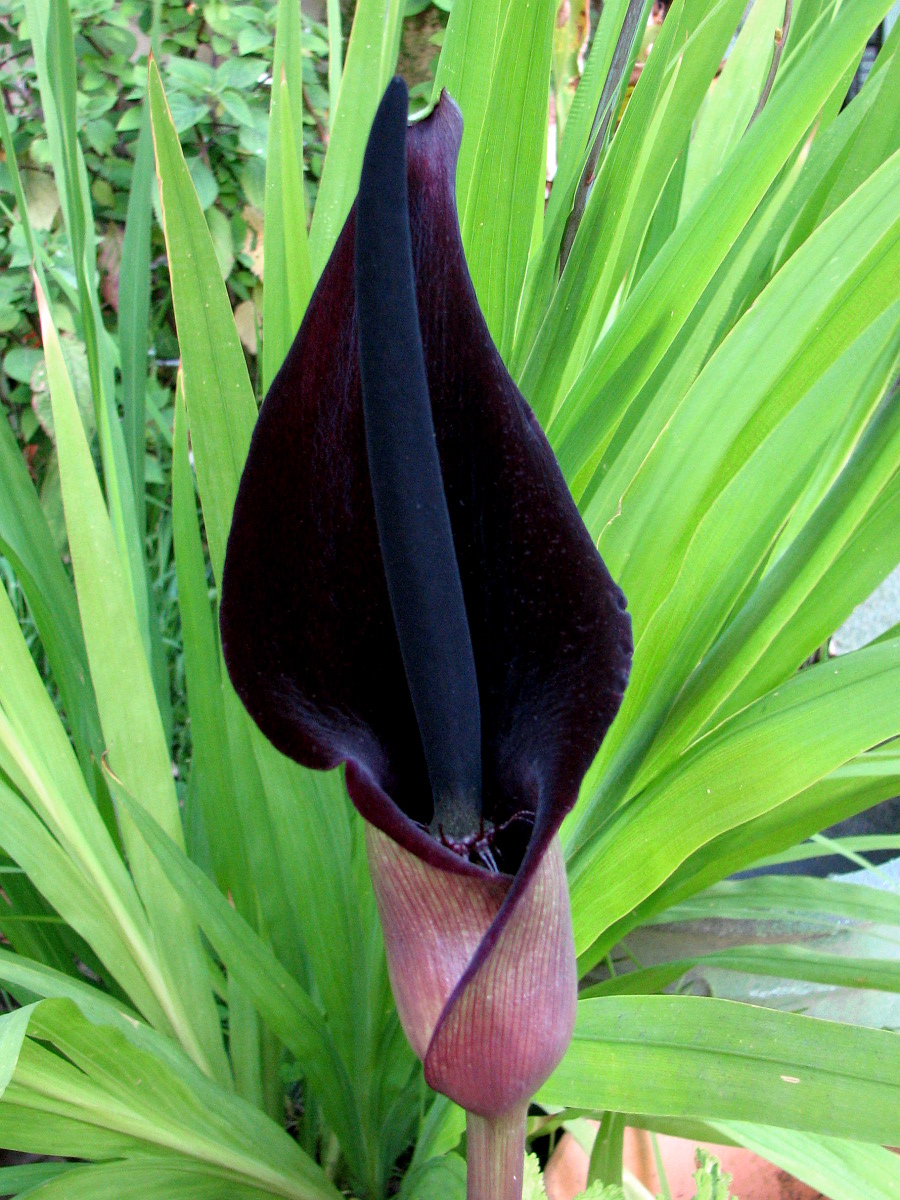Arum
Enlarge text Shrink text- Work cat.: Boyce, P. The genus Arum, 1993:intro. ("The genus Arum consists of 25 species of tuberous plants occurring from the Azores to western China and from Sweden to Morocco. Arum belongs to the family Araceae (or aroids) ...")
- Web. 3.
- Hortus 3.
- Mabberley plant-book.
Arum is a genus of flowering plants in the family Araceae, native to Europe, northern Africa, and western and central Asia, with the highest species diversity in the Mediterranean region. Frequently called arum lilies, they are not closely related to the true lilies Lilium. Plants in the closely related genus Zantedeschia are also called 'arum lilies'. They are rhizomatous, herbaceous perennial plants growing to 20–60 cm tall, with sagittate (arrowhead-shaped) leaves 10–55 cm long. The flowers are produced in a spadix, surrounded by a 10–40 cm long, distinctively coloured spathe, which may be white, yellow, brown, or purple. Some species are scented, others not. The fruit is a cluster of bright orange or red berries. All parts of the plants, including the berries, are poisonous as they contain needle-shaped crystals of calcium oxalate. In spite of this, the plant has a history of culinary use among Arab peasants in Palestine who leached the toxins from the plant before the leaves were consumed. The genus name is the Latinized form of the Greek name for these plants, aron.
Read more on Wikipedia >
 Topic
Topic





